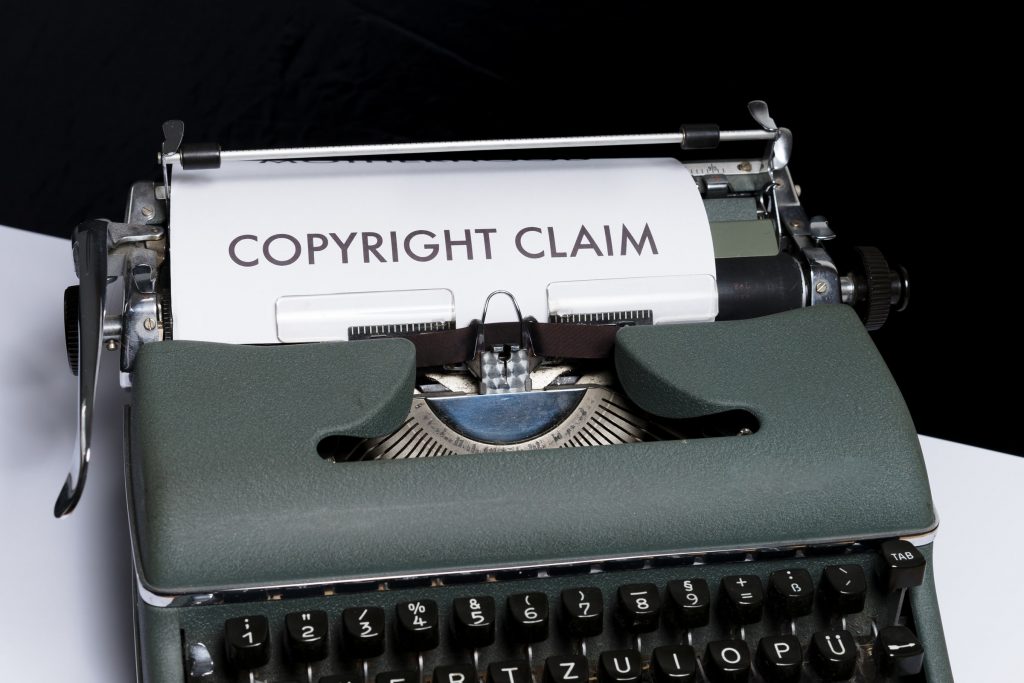Why use reverse image search? Images abound on the internet, yet many of them aren’t what they appear to be. Reverse image search makes it easy to discover fraudulent images and people who are impersonating others on social media.
So, what’s the point of using reverse image search? The reasons vary, but they frequently involve identifying an image’s source or tracking its users across the internet.
Tracking Image Use
You can expect your images to be re-used if you have a website, produce brochures or press releases, or post copyright photographs online. Reverse image search can tell you where and when something happened. You can then decide whether or not re-use is legal and suitable, as well as whether or not to take action.
People can also use your photographs in ways that you don’t approve of. For instance, they can be illustrating stories about a competitor’s products. If that’s the case, double-check that they’re properly captioned and credited. Just keep in mind that you can’t complain about images you don’t own.
Authenticating Images
When you view an image in an email or on the internet, you have no idea how old it is or where it came from. You can find out by doing a reverse image search.
There have been countless instances where a quick reverse image search may have prevented severe errors.
For instance, let’s say you see a picture of a specific event. But, when you look it up, it was really taken at a different time and location.
This occurs frequently with tweeted photographs and, on rare occasions, with news stories. It could be a simple blunder on the part of a photo agency, or it could be a deliberate attempt at deception.
Sometimes photo agencies make mistakes with captions, and there are multiple people with the same name. Both difficulties are frequently solved by checking the same image on multiple web pages.
Is there someone manipulating the photograph? When you do a reverse image search, you’ll usually get a lot of images that appear to be the same at first glance, but they’re not. It’s possible that a face is just on edit, or someone removing and adding something.
So, you should put that in mind always. There are also websites for doctoring photographs, typically for amusing or political purposes.
Authenticating People
On social networking sites like LinkedIn and Twitter, you can also perform reverse image searches on profile photos. It’s naive to believe that everyone is who they say they are. What looks to be an attractive young woman building LinkedIn connections with coworkers could be a hacker looking for information.
Surprisingly frequently, you’ll discover that potential contacts have stolen their profile photo from another Facebook or PhotoBucket user, or that the same photos have been used to promote escort services. Scammers frequently utilize photographs of long-forgotten movie actors and writers.
A reverse image search could one day rescue you from being duped or cheated. I’m not sure what else would be a decent reason to use it.


